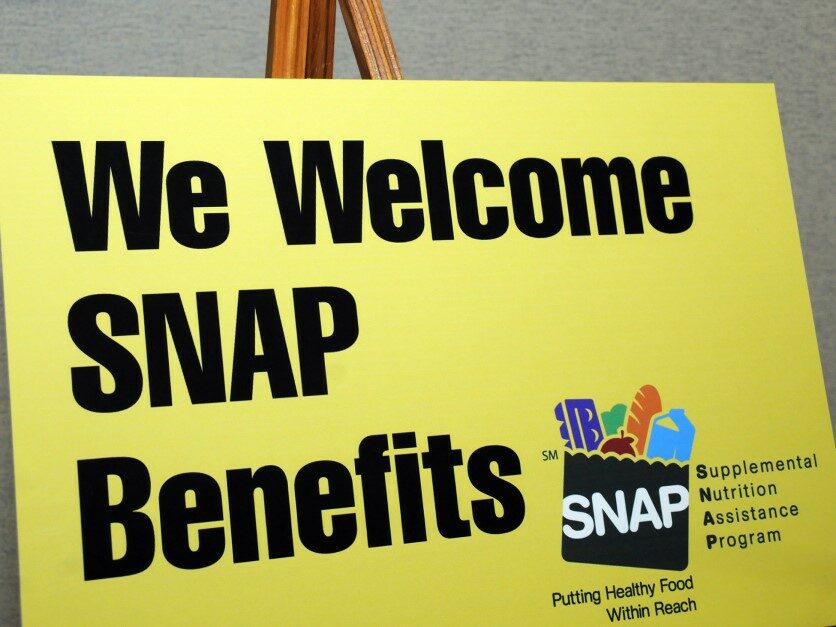Key Takeaways
- 1.3 million individuals may lose or see reduced benefits under new state cost-sharing requirements for SNAP, as outlined in the House GOP’s budget bill.
- Expanded work requirements could disqualify an estimated 3.2 million people from SNAP by 2034, saving $92 billion over ten years.
- The bill projects to cut SNAP costs by $285.7 billion from 2025 to 2034, with proposals affecting eligibility and monthly benefits.
Proposed Changes to SNAP Benefits
The House GOP’s recent reconciliation bill introduces a 5% cost-sharing requirement for states within the Supplemental Nutrition Assistance Program (SNAP). This change is predicted to affect about 1.3 million individuals, with the Congressional Budget Office (CBO) estimating potential taxpayer savings of $128 billion over the next decade. The requirement could drive some states to either maintain current benefits or modify them significantly, possibly leading to the exit of certain states from the program altogether.
The bill also includes provisions aimed at altering child nutrition subsidies, expecting a decrease for around 420,000 children monthly as a result of these new cost-share mandates. Senate Republicans are likely to contest these provisions, which are part of a broader strategy that envisions a $285.7 billion reduction in SNAP’s projected costs between 2025 and 2034.
Further, the legislation would extend work requirements to an estimated 3.2 million individuals, including able-bodied adults aged 18 to 64 and parents of school-aged children. This change would likely result in a $92 billion savings for taxpayers over a decade. Currently, able-bodied adults are mandated to work a minimum of 20 hours a week unless their state secures a waiver based on unemployment rates. The proposed reforms would alter these age requirements and conditions for waivers.
Additionally, the bill seeks to reduce the average monthly SNAP benefit by $15 by disallowing the U.S. Department of Agriculture (USDA) from updating benefits in alignment with the Thrifty Food Plan, which assesses dietary costs. This restriction is projected to save around $37 billion over ten years.
Further changes would disqualify between 120,000 and 250,000 individuals from the program by banning non-citizens and individuals without green cards from receiving benefits. Furthermore, adjustments in calculating housing expenses could significantly reduce SNAP benefits. Exclusion of internet costs from housing expense deductions is expected to lower benefits by an average of $10 monthly for about 65% of households. A proposed change to the utility allowance may cut benefits by $100 a month for approximately 3% of participants.
Under current legislation, SNAP costs are predicted to grow from $109.6 billion in 2023 to $115.8 billion by 2034. However, with the changes proposed in the House bill, these costs could drop substantially to about $76.6 billion in 2034. The anticipated savings from SNAP are intended to support increased expenditures in other agricultural programs, such as commodity support and crop insurance, as well as efforts to promote foreign markets.
For ongoing updates, further information can be found at Agri-Pulse.com.
The content above is a summary. For more details, see the source article.















